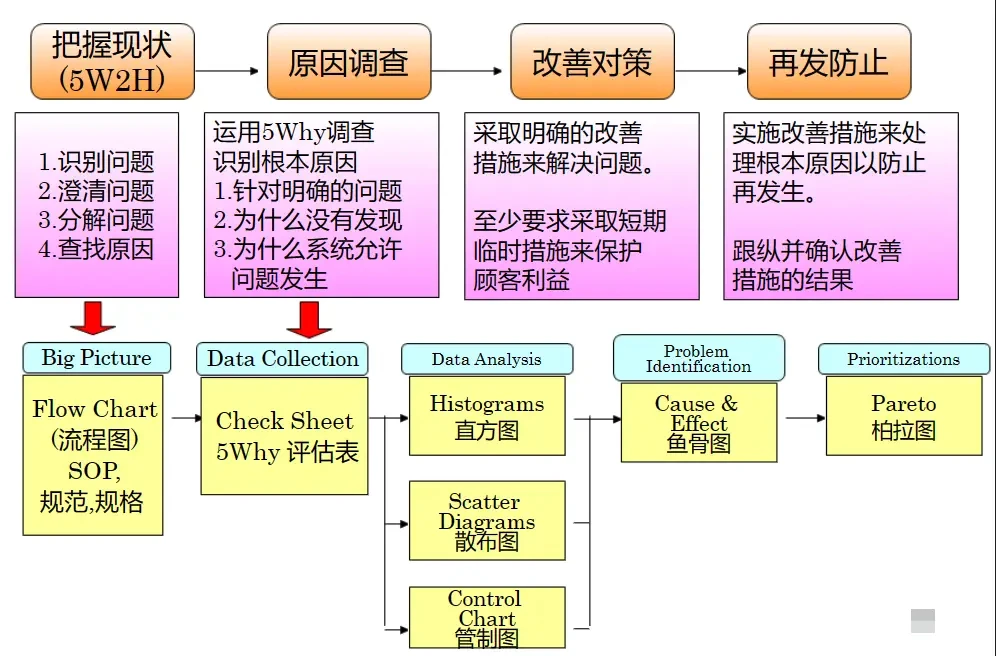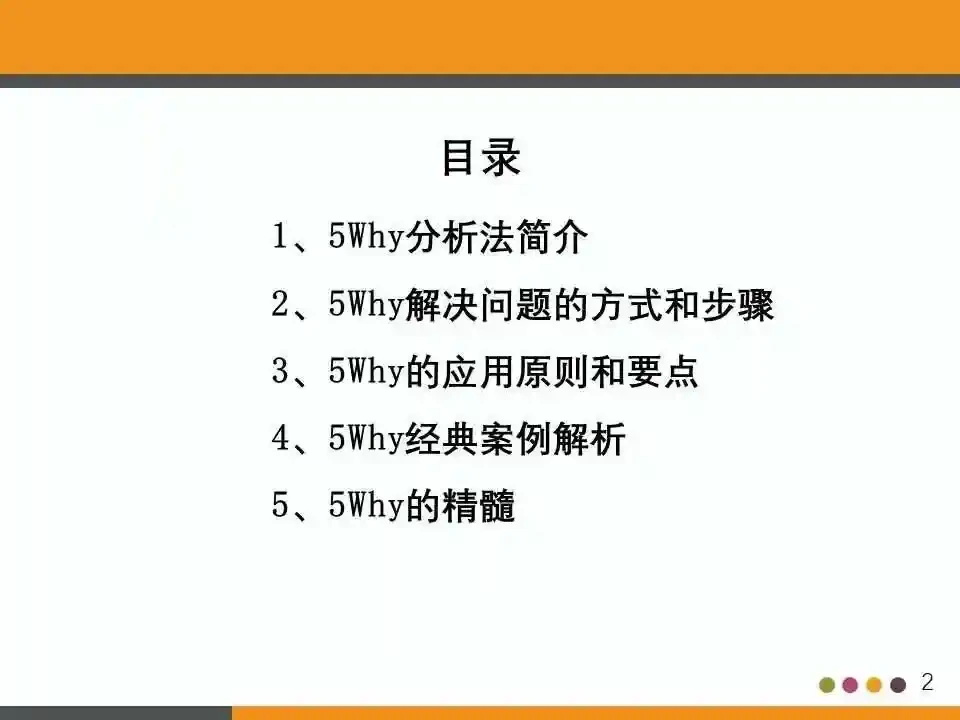===============================================
Regression analysis plays a pivotal role in quantitative trading by providing insights into market trends, price movements, and asset relationships. As a powerful statistical tool, regression allows traders and analysts to quantify and predict market behavior, helping to make informed decisions based on historical data. This article will explore the significance of regression analysis in trading, how it enhances trading strategies, and provide practical examples of its application in various trading domains.
What is Regression Analysis in Trading?
Regression analysis is a statistical technique used to understand the relationship between variables. In trading, it helps to model and predict how different factors influence asset prices, thereby aiding traders in decision-making. The core idea behind regression analysis is to identify patterns and quantify relationships between independent variables (e.g., market indicators, news sentiment, interest rates) and a dependent variable (e.g., asset prices or returns).
Types of Regression Used in Trading
- Linear Regression: A basic method that models the relationship between two variables with a straight line.
- Multiple Regression: This involves more than one independent variable, helping traders assess the influence of various factors simultaneously.
- Logistic Regression: A technique used to predict binary outcomes, such as whether a price will go up or down.
Each of these methods can be applied depending on the type of data and the problem at hand, providing traders with a wide array of tools to refine their strategies.
Why Regression Analysis is Crucial for Trading
1. Predicting Asset Prices and Returns
Regression models are widely used to predict future price movements or asset returns based on historical data. For example, using regression analysis, traders can examine the relationship between a stock’s price and relevant economic indicators, such as interest rates or GDP growth, to forecast future price trends.
Example:
If a trader observes a historical relationship between the price of oil and the price of energy stocks, they can use regression analysis to predict future energy stock prices based on oil price movements.
2. Understanding Market Behavior and Trends
Regression helps identify trends by examining past price movements and market conditions. By analyzing historical data, traders can spot patterns, such as seasonality or market cycles, that may influence future behavior.
Example:
A trader might use regression analysis to determine how seasonal factors affect the price of a commodity like gold. By examining past price movements, they can use the model to predict when the price is likely to rise or fall.
3. Quantifying Relationships Between Multiple Variables
In the complex world of trading, multiple factors can influence asset prices simultaneously. Regression analysis helps quantify the relationship between various independent variables and the asset price, allowing traders to identify the most influential factors.
Example:
A trader might analyze how interest rates, inflation, and corporate earnings reports collectively affect the stock price of a company. By using multiple regression, they can assess how each of these variables contributes to price movements.
How Regression Analysis Improves Trading Strategies
1. Building Predictive Models for Trading Algorithms
Regression analysis is essential in creating predictive models for algorithmic trading. By integrating regression techniques into trading algorithms, developers can improve decision-making by incorporating historical data into their predictions. These models can automatically adjust strategies based on the underlying trends identified through regression.
Example:
In a mean reversion strategy, regression models can be used to predict when an asset’s price is deviating significantly from its historical mean. When the model identifies a price divergence, it can trigger an automatic buy or sell order to capitalize on the anticipated reversion.
2. Risk Management and Portfolio Optimization
By analyzing past price movements and relationships, regression analysis helps traders estimate the risk associated with particular trades. This aids in optimizing portfolio allocations and managing risk effectively.
Example:
A trader might use regression analysis to examine the correlation between two assets in their portfolio. If the two assets are highly correlated, it may indicate that they move in tandem, which could increase the risk of holding both. The trader could then adjust their portfolio to reduce this risk.
3. Improving Backtesting Accuracy
Backtesting is a critical component of strategy development in trading. Regression analysis provides a more refined understanding of how strategies perform under different market conditions by quantifying the impact of various factors. This allows traders to develop more robust strategies that are less likely to overfit historical data.
Example:
When backtesting a trend-following strategy, regression analysis can help validate whether the observed trends hold true across different time periods or market conditions, ensuring that the strategy remains effective in diverse market environments.

Practical Applications of Regression Analysis in Trading
1. Market Prediction Models
Regression analysis can be used to predict short-term or long-term market movements by modeling the relationships between price and economic indicators. This is particularly useful for fundamental analysts who want to forecast price movements based on economic data.
Example:
A regression model might be used to predict the stock price of a tech company based on historical relationships between its earnings and the broader technology index.
2. Sentiment Analysis and News Impact
In addition to traditional market indicators, traders can incorporate sentiment analysis into their regression models. By analyzing news sentiment, social media data, or analyst reports, regression models can help predict how public sentiment influences asset prices.
Example:
A regression model could use sentiment data derived from social media platforms to predict how the public’s perception of a company will affect its stock price.
3. Volatility Modeling
Volatility is an essential consideration in trading, especially for options and futures traders. Regression analysis can be used to model volatility, allowing traders to understand how certain factors, such as market sentiment or geopolitical events, affect the market’s volatility.
Example:
By analyzing historical volatility data using regression, a trader could predict future periods of high volatility and adjust their strategies accordingly, potentially by reducing position sizes or using options to hedge.

FAQ (Frequently Asked Questions)
1. How can regression analysis improve the accuracy of trading predictions?
Regression analysis helps by quantifying the relationship between independent variables and asset prices. This enables traders to build more accurate predictive models by relying on historical data to make informed decisions. By identifying patterns and relationships, traders can enhance their forecasting accuracy and trading strategies.
2. What are the common challenges of using regression analysis in trading?
One of the primary challenges is overfitting, where the model fits the historical data too well but fails to generalize to new data. Additionally, regression analysis requires high-quality data, and any errors or gaps in the data can lead to inaccurate predictions. Finally, market conditions can change, so a model that works in one market environment may not perform well in another.
3. Can regression analysis be used for day trading?
Yes, regression analysis can be valuable for day traders, especially when applied to intraday data. Traders can use regression models to predict short-term price movements based on real-time data and make decisions on whether to enter or exit trades. However, day traders need to be mindful of the increased noise in short-term data and adjust their models accordingly.

Conclusion
Regression analysis is a powerful tool for traders, offering a quantitative approach to understanding market behavior, predicting asset prices, and optimizing trading strategies. Whether you’re a quantitative trader, an algorithmic developer, or a discretionary trader, incorporating regression analysis into your strategy can lead to better-informed decisions and more effective risk management. By understanding the relationships between various market factors and price movements, traders can improve their trading outcomes and gain a competitive edge in the markets.
If you found this article insightful, share it with your trading network and feel free to leave your thoughts or questions in the comments section below!

0 Comments
Leave a Comment